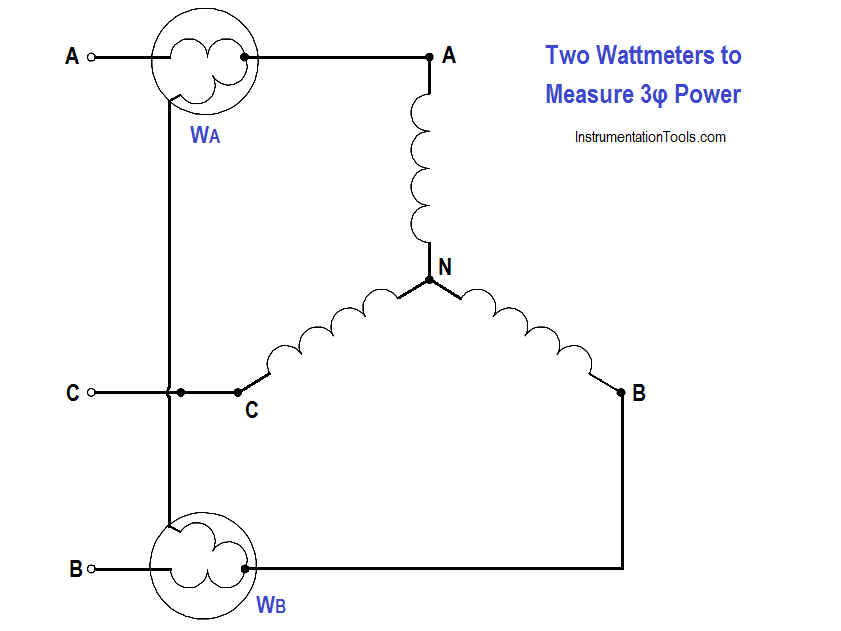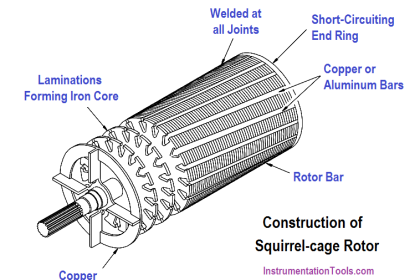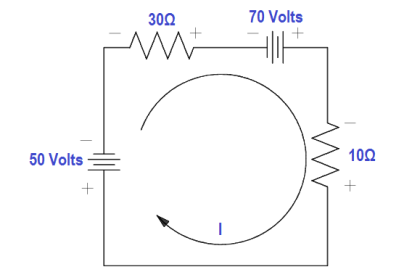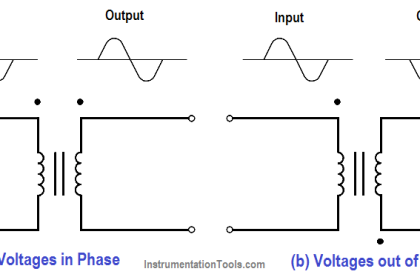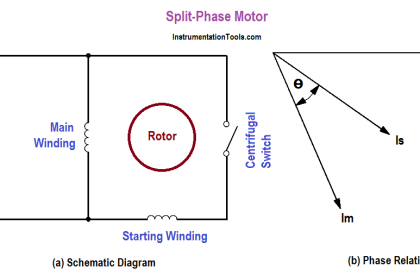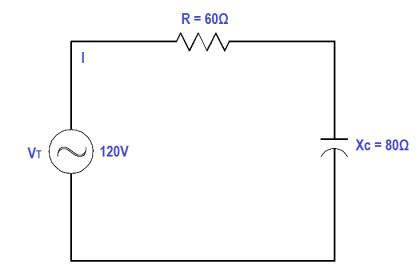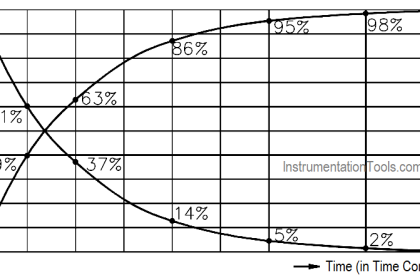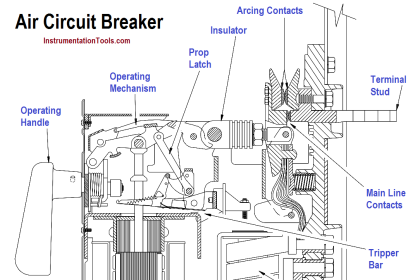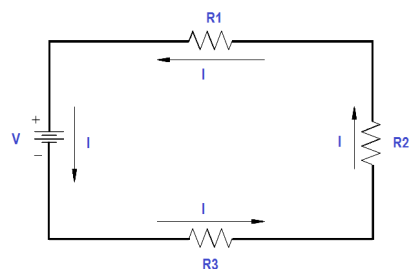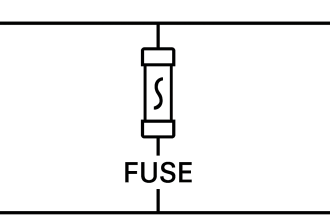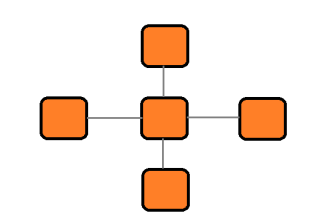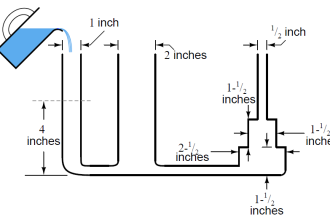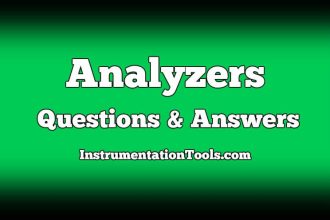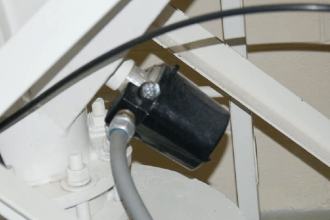Total power in a 3φ circuit is the sum of the powers of the separate phases. The total power could be measured by placing a wattmeter in each phase (below Figure); however, this method is not feasible since it is often impossible to break into the phases of a delta load. It also may not be feasible for the Y load, since the neutral point to which the wattmeters must be connected is not always accessible.
Figure : Wattmeters in Each Phase
Normally, only two wattmeters are used in making 3φ power measurements (below Figure).
In balanced 3φ systems, with any power factor, total power is calculated by adding the A and B phase powers. The below Equation is the mathematical representation for calculating total power (PT).
PT = WA + WB
where WA and WB are the power readings in Phase A and Phase B.
Figure : Two Wattmeters to Measure 3φ Power

